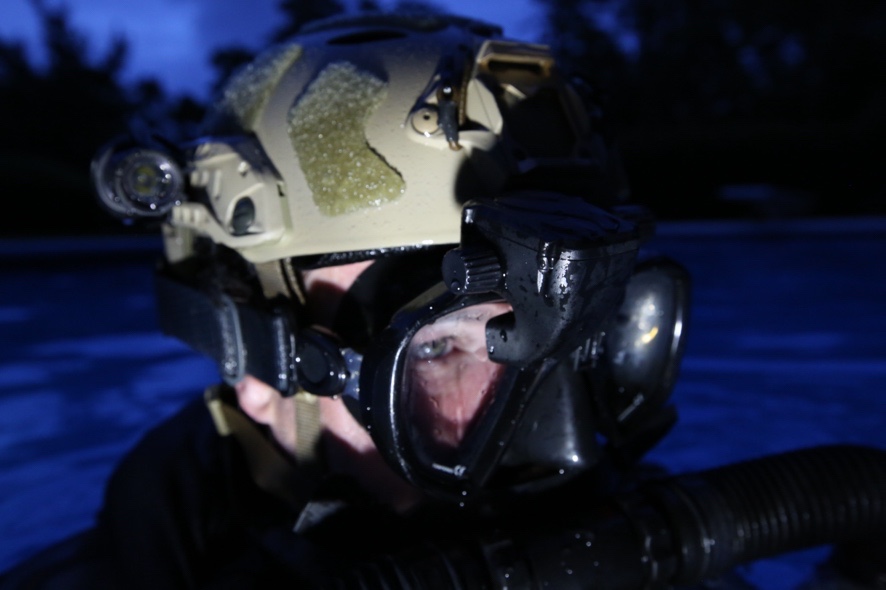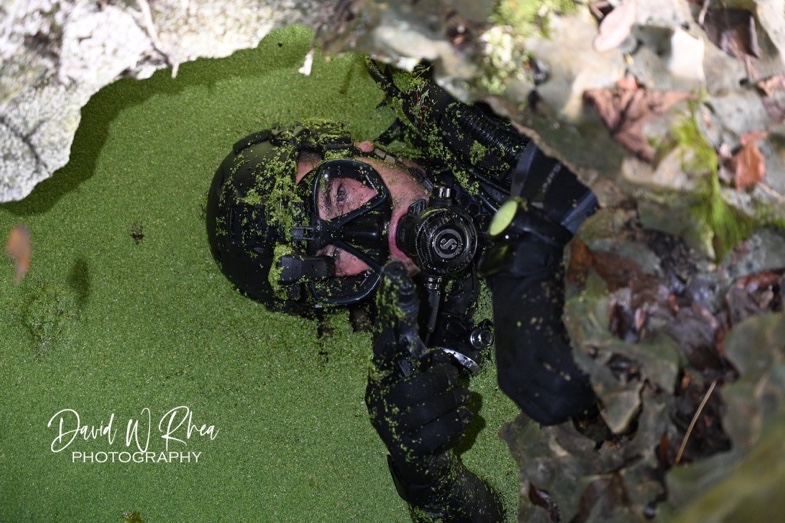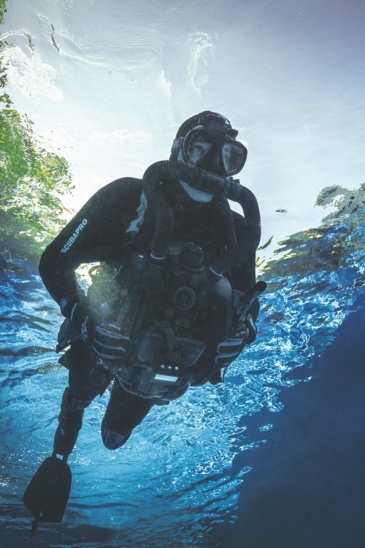There are a lot of different masks out there. But most of the time, you just go with what is issued to you, which is your standard. Once you are out of training, you can get the mask that works the best for you. Here is the best way to choose a suitable mask for you.
Start by finding a mask that fits your face and your nose. Make sure when you put it on, it fits your face and nose comfortably, and you can pinch your nose if needed to help clear your ears.

When buying a mask, the first issue is determining how it will perform in the water when standing in the diving shop. The best way to answer that question is to go right in. However, there are some indicators you may look for to obtain a good notion.
To see if you can seal the mask on your face, press it against your face and breathe in through your nose. While we’ll get to it, be aware that this can be misleading. To see if the mask suits your face, you must first go through a few steps.
STEP 1: Sit down and look up; from here, lay the mask over your face without the straps and allow gravity to keep it in place.
STEP 2: Have someone inspect the masks outside the seal. The mask should fit the face without covering the hairline or top lip; it’s generally too big if it does. It should always follow the contour of the face and not pull away.
Forward-looking scuba mask red line on the scuba mask’s exterior seal

STEP 3: Have someone inspect the mask’s inner seal; it should sit back behind the eyes and contact the face constantly. It should ideally go around the brows.
STEP 4: Examine your eye location in relation to the lenses’ center. The eyes should be relatively centered in the lenses in the ideal situation. The mask is too tiny if the eyes are wider than the center; if the eyes are very narrow, a smaller or single pane mask may work well.
The first image below displays a somewhat narrowed eye positioning.
The eyes are a little more centered in the second picture with the black mask.
The front eye position on a scuba mask is wide. Black eye position centered on a scuba mask

STEP 5: Inhale deeply through your nose to test the seal. The seal should keep the mask on your face if you look forward.
Front inhalation scuba mask with no strap
STEP 6: Put the strap over your head and tighten it so that it is snug but not too tight. After that, double-check the exterior seal, inside seal, and eye position. Breathe in through your nose one more time to ensure an airtight closure.
STEP 7: Adjust the strap so that the mask frame does not press against any part of your face. Some masks frequently come into contact with the eyes or the bridge of the nose. Any pressure applied to those areas will become uncomfortable or painful over time and should be avoided.
A mask that passes all of these tests is a solid purchase prospect.
What Makes a Seal Bad? “They write a book” Sorry, wrong kind of seal.
Even if you follow all the above procedures, you still can have some issues that can cause leaks. In some cases, a mask will seal in one position but not in another. Ensure the mask stays in place; if the mask strap is too high or too low on the head, the mask may slip out of place, resulting in leaks.
Mask leaking is generally caused by facial hair.
The mask can leak if you grin or have significant smile lines. In addition, if you have a regulator or snorkel in your mouth, the mouth posture may produce a leak. Even with the mouthpiece in place, use a regulator or snorkel mouthpiece to confirm that you have a well-fitting mask while attempting a new mask out of the water.


Hahahaha. Bad seal. Good one!